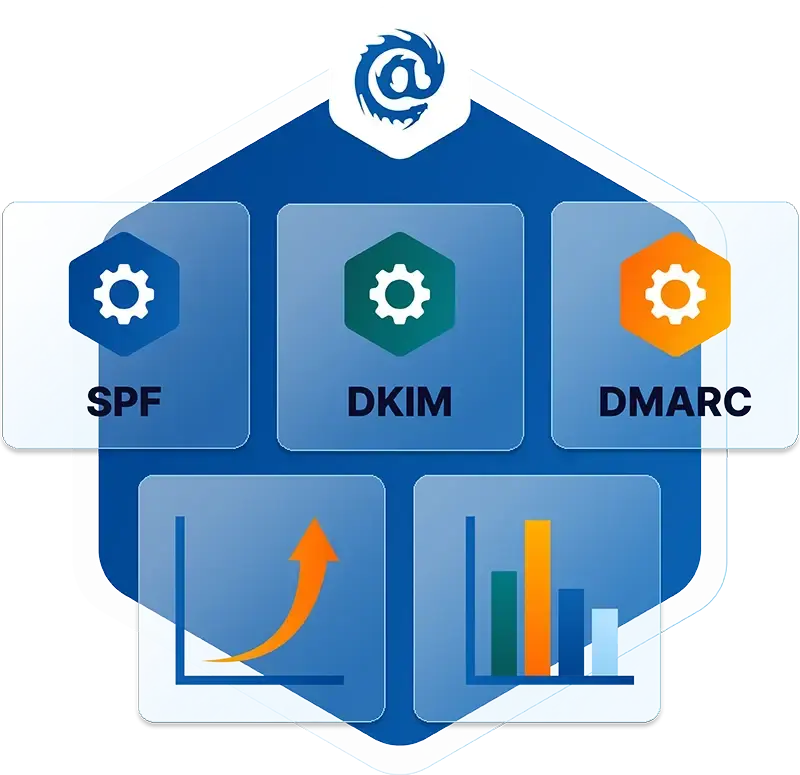Table of Contents
Machine Learning (ML) Explained
Machine Learning is a subfield of artificial intelligence and computer science that involves the development of algorithms and models that enable computers to learn and improve their performance on specific tasks based on data inputs. It is an integral component of data science and is used in various applications, such as recommendation systems, self-driving cars, and natural language processing.
How Does Machine Learning Work?
Machine learning algorithms work by building a model based on input data and using that model to make predictions or decisions. The learning process consists of three main parts:
- Decision Process: The algorithm makes predictions or classifications based on input data.
- Error Function: The error function evaluates the model's predictions by comparing them to known examples, assessing the model's accuracy.
- Model Optimization Process: The algorithm iteratively evaluates and optimizes the model, updating weights until a specific threshold of accuracy is reached.
Machine Learning Methods and Algorithms
A machine learning method is an overarching approach or strategy used to train machine learning models, dictating how they learn from data, for example, 'supervised learning.' In contrast, a machine learning algorithm is a specific computational procedure or set of rules that the model follows within a given method to learn from data and make predictions or decisions, such as 'linear regression.'
Machine learning models are generally classified into four categories:
-
Supervised Learning: Uses labeled datasets to train algorithms to classify data or predict outcomes accurately. Some methods include neural networks, naïve bayes, linear regression, logistic regression, random forest, and support vector machine (SVM).
-
Unsupervised Learning: Uses machine learning algorithms to analyze and cluster unlabeled datasets, discovering hidden patterns or data groupings without human intervention. Common algorithms include neural networks, k-means clustering, and probabilistic clustering methods.
-
Semi-supervised Learning: Combines elements of supervised and unsupervised learning, using a smaller labeled dataset to guide classification and feature extraction from a larger unlabeled dataset.
-
Reinforcement Learning: A learning model that learns through trial and error, developing the best recommendation or policy for a given problem by reinforcing successful outcomes.
Regarding the machine learning algorithms, here is an overview of some common machine learning algorithms, along with brief explanations of how they work:
-
Linear Regression: Linear regression is a simple algorithm used to predict numerical values based on the linear relationship between input features and output values. It models the relationship by fitting a linear equation to the observed data, minimizing the sum of the squared differences between the predicted and actual values.
-
Logistic Regression: Logistic regression is a supervised learning algorithm used for binary classification problems. It predicts the probability of an instance belonging to a particular class by modeling the relationship between input features and output values using the logistic function. The logistic function ensures that the predicted probability lies between 0 and 1.
-
Decision Trees: Decision trees are a type of algorithm used for both regression and classification tasks. They work by recursively splitting the input dataset based on the values of the input features, creating a tree-like structure with branches representing decisions and leaves representing final predictions. Decision trees are simple to understand and visualize, making them easy to interpret and explain.
-
Random Forests: Random forests are an ensemble learning method that combines multiple decision trees to improve the overall performance of the model. Each tree in the forest is trained on a random subset of the input data with replacement (bootstrap samples), and the trees make predictions independently. The final prediction is obtained by aggregating the individual predictions through majority voting for classification or averaging for regression tasks.
-
Neural Networks: Neural networks are a class of machine learning algorithms inspired by the human brain's structure and function. They consist of interconnected layers of artificial neurons, which process input data and produce output through a series of transformations. Neural networks are highly flexible and can model complex relationships between inputs and outputs, making them suitable for a wide range of tasks, including image recognition, natural language processing, and speech recognition.
These are just a few examples of the many machine learning algorithms available others include Support Vector Machines (SVM), K-Means Clustering, Principal Component Analysis (PCA), and more. Each algorithm has its strengths and weaknesses, and the choice of which to use depends on the specific problem and dataset at hand.
Machine Learning and Email Security
Machine learning plays a significant role in email security solutions, helping to identify and stop advanced phishing attacks and other threats by analyzing patterns, detecting anomalies, and adapting to new techniques used by attackers. Here's an in-depth look at how machine learning can be used in email security:
-
Spam and Phishing Detection: Machine learning algorithms analyze large volumes of email data to differentiate between legitimate emails and spam or phishing emails. By examining features like email headers, sender information, content, and links, these algorithms can identify suspicious patterns and flag potentially harmful messages, helping to filter out unwanted emails and protect users from phishing attacks.
-
Anomaly Detection: Machine learning algorithms can analyze historical email data and user behavior to establish a baseline of "normal" activity. This enables the detection of any deviations from this baseline, such as sudden surges in outgoing emails or unusual access patterns, which may indicate a compromised email account or an ongoing attack.
-
Malware and Attachment Analysis: Machine learning can be used to scan email attachments and analyze their content to identify known and unknown malware. By examining file structures, signatures, and behavioral patterns, these algorithms can detect malicious files and prevent them from causing harm to users' systems.
-
URL Analysis and Protection: Machine learning algorithms can analyze URLs in real-time to identify potentially harmful links present in emails. Factors such as domain age, hosting location, and URL structure are assessed to determine the likelihood of malicious intent. Machine learning can also examine the content of linked websites to detect signs of phishing or other threats.
-
Business Email Compromise (BEC): Machine learning can help detect sophisticated BEC attacks, which often involve social engineering techniques to impersonate a trusted entity. By analyzing the context, language patterns, and communication habits within an organization's email communication, machine learning algorithms can identify unusual or suspicious behavior and flag potentially malicious emails.
-
Continuous learning and Adaptation: Machine learning enables email security solutions to continuously learn from new data and adapt to emerging threats. As cyber threats evolve, machine learning algorithms update their knowledge base and refine their models, ensuring that email security systems stay ahead of attackers and provide robust protection against advanced email-based threats.
In summary, machine learning plays a crucial role in email security by providing advanced threat detection and prevention capabilities. It helps analyze large amounts of data, identify patterns and anomalies, and adapt to emerging threats, ensuring robust protection against spam, phishing attacks, and other email-based cyberattacks. Today, cybercriminals are increasingly employing AI and machine learning for devising more sophisticated attacks and scaling their operations. For organizations it has become imperative to utilize an email security solution with AI and ML capabilities to effectively counteract these rapidly evolving advanced phishing threats.
IRONSCALES Uses AI and Machine Learning to Fight Advanced Phishing Attacks
IRONSCALES' comprehensive, advanced anti-phishing platform gives you an edge against all attackers with a solution powered by a combination of AI, machine learning, and human insights. The solution's AI analyzes all email communications creating unique fingerprint profiles for each user. By cross-checking and verifying all incoming messages, IRONSCALES gives you confidence in a sender’s identity while protecting your assets — all in real-time. This allows it to detect, prevent, and protect against advanced phishing threats that use social engineering like BEC attacks, including CEO fraud, supply chain attacks, invoice fraud, and more.
Learn more about IRONSCALES enterprise email security solution with a hands-on demo at: https://ironscales.com/get-a-demo/
Explore More Articles
Say goodbye to Phishing, BEC, and QR code attacks. Our Adaptive AI automatically learns and evolves to keep your employees safe from email attacks.

/Concentrix%20Case%20Study.webp?width=568&height=326&name=Concentrix%20Case%20Study.webp)












